Five hospital and health system chief experience officers share some of their most influential patient encounters, what patients have taught them, how their own experiences as customers guide their efforts to improve the patient care experience and the biggest challenges they face.
The chief experience officer is a role that has recently been emerging in the hospital and health system C-suite in organizations across the country — many of the participants of this roundtable are the first in their organization to hold the title.
Healthcare CXOs represent a crucial aspect of healthcare that is often inadvertently overlooked: The human component. In an industry dominated by medical tests, procedures and a seemingly endless stream of quantifiable data, it is easy to forget that those who are being measured are not merely patients or consumers, but humans with expectations, emotions and opinions. The CXO brings this realization to the forefront.
Participants in the roundtable include:
Adrienne Boissy, MD, chief experience officer, Cleveland Clinic
Tom Malasto, chief patient experience officer, Community Health Network (Indianapolis)
Lisa Allen, PhD, chief patient experience officer, Johns Hopkins Medicine (Baltimore)
Thomas Savides, MD, chief experience officer, UC San Diego Health System
Brian Carlson, director of access and patient experience, Vanderbilt University Medical Center (Nashville, Tenn.)
Note: Responses have been lightly edited for length and clarity.
Question: Can you recall a patient that influenced your outlook and drive to improve the patient experience?
Dr. Adrienne Boissy: Yes. I probably had two experiences that really led to my work in patient experience. The first occurred when I was a 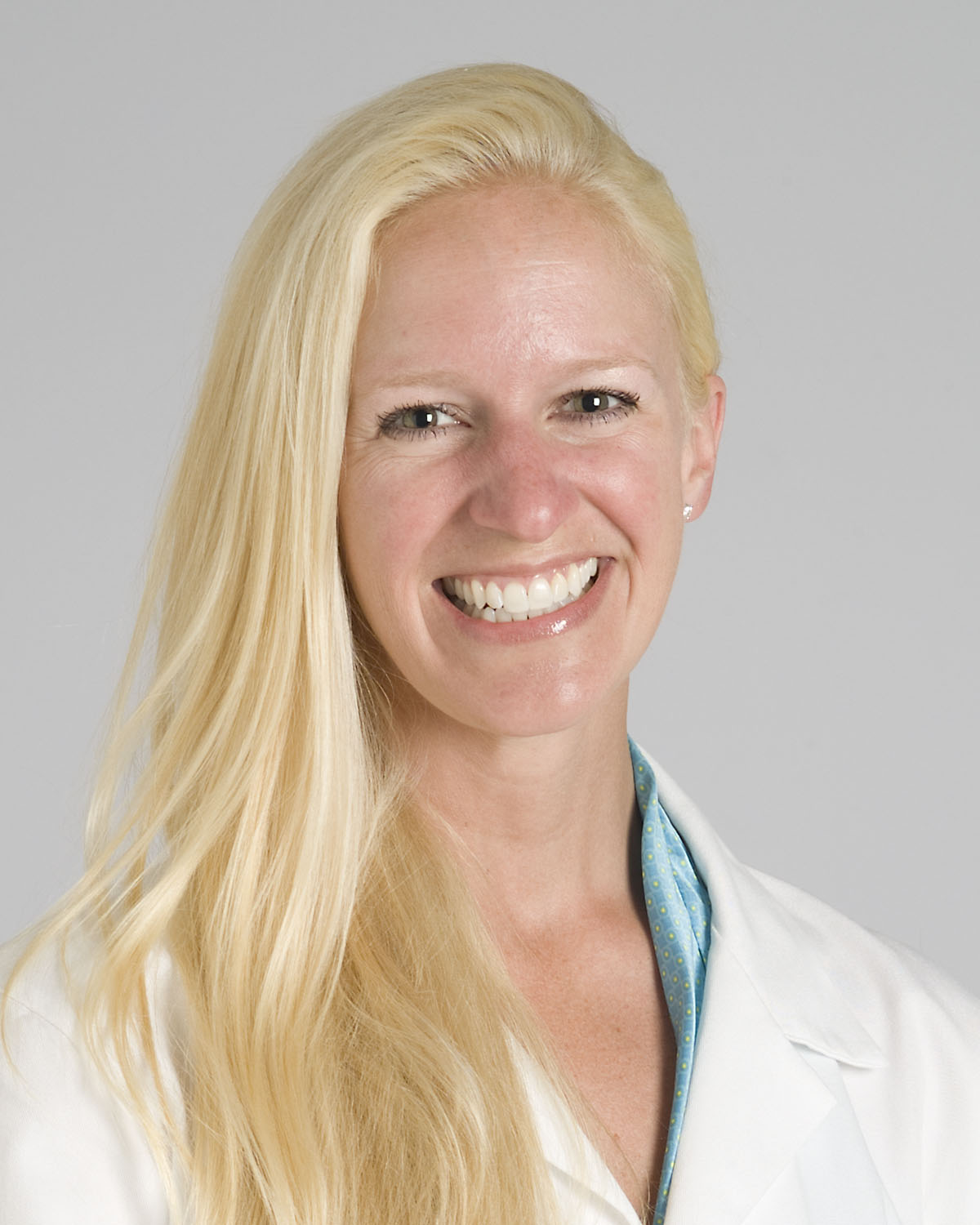 neurology intern. As an intern, you don't have any idea what you're doing. I had a patient assigned to me who was recently diagnosed with multiple sclerosis, and I got to know her over a couple of days. She was in her twenties. Her family and boyfriend was always there with her. One night I was taking call with one of the residents when I got paged that she wanted me to come talk to her. I wanted someone else to go instead because I was afraid I wouldn't be able to answer her questions, but she had asked for me. I ran to the call room and read about MS for 10 minutes. Armed with my new knowledge, I went to her bedside. She said, 'Well, I was wondering whether or not you thought I should marry my boyfriend, so when I become unable to walk and am in a wheelchair, he could take care of me.' I was really stunned. Here I was as a young physician thinking all I had to offer was medical knowledge, and the one thing she needed from me was to know that I could see her for who she was and what she was struggling with in that moment.
neurology intern. As an intern, you don't have any idea what you're doing. I had a patient assigned to me who was recently diagnosed with multiple sclerosis, and I got to know her over a couple of days. She was in her twenties. Her family and boyfriend was always there with her. One night I was taking call with one of the residents when I got paged that she wanted me to come talk to her. I wanted someone else to go instead because I was afraid I wouldn't be able to answer her questions, but she had asked for me. I ran to the call room and read about MS for 10 minutes. Armed with my new knowledge, I went to her bedside. She said, 'Well, I was wondering whether or not you thought I should marry my boyfriend, so when I become unable to walk and am in a wheelchair, he could take care of me.' I was really stunned. Here I was as a young physician thinking all I had to offer was medical knowledge, and the one thing she needed from me was to know that I could see her for who she was and what she was struggling with in that moment.
Many years later, I had become a MS specialist and inherited a large practice. I was able to tell several patients good news — that they actually didn't have MS. I thought this was a wonderful thing. I knew I was being honest with them and had reviewed their medical records in detail. However, some of the patients became very angry with me. I couldn't understand why at first, but when I thought about it some more, I realized that without having a trusting relationship, when there is bad or complex news, the patient doesn't hear you. It was a pivotal moment when I realized the importance of relationships in healthcare.
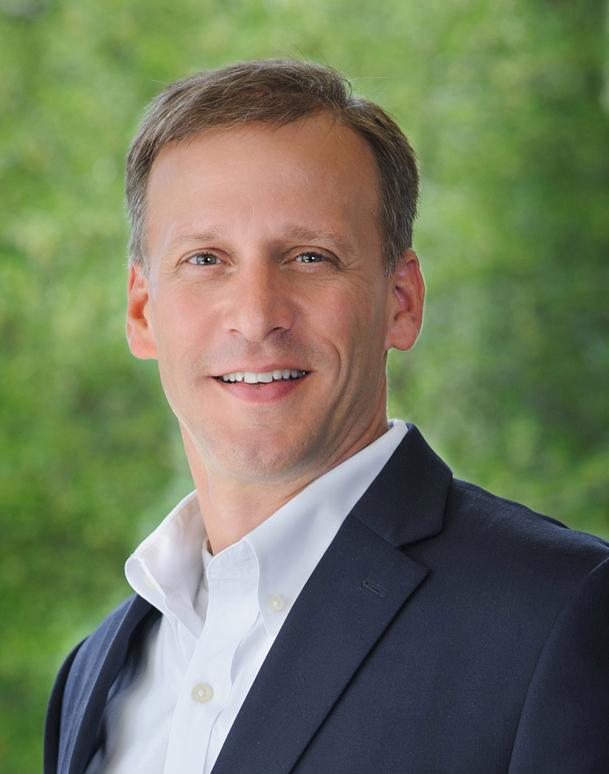 Tom Malasto: There are numerous patients that come to mind, including a 72-year-old daughter struggling to understand her 92-year-old mother's billing statements. A mother of four young children who was frustrated by her inability to schedule all of her children's routine physician visits on the same day to minimize her time off from work. The two sons of a 78-year-old father who had questions regarding their role in his care following a lengthy and complicated hospital stay. A frustrated and angry mother who felt her observations and opinions regarding her child's health condition were ignored. Each of these and many others shape our efforts to meaningfully listen to and engage our customers toward improvements.
Tom Malasto: There are numerous patients that come to mind, including a 72-year-old daughter struggling to understand her 92-year-old mother's billing statements. A mother of four young children who was frustrated by her inability to schedule all of her children's routine physician visits on the same day to minimize her time off from work. The two sons of a 78-year-old father who had questions regarding their role in his care following a lengthy and complicated hospital stay. A frustrated and angry mother who felt her observations and opinions regarding her child's health condition were ignored. Each of these and many others shape our efforts to meaningfully listen to and engage our customers toward improvements.
Dr. Lisa Allen: This is a story from way back in my career. I was reading a survey comment and a patient had 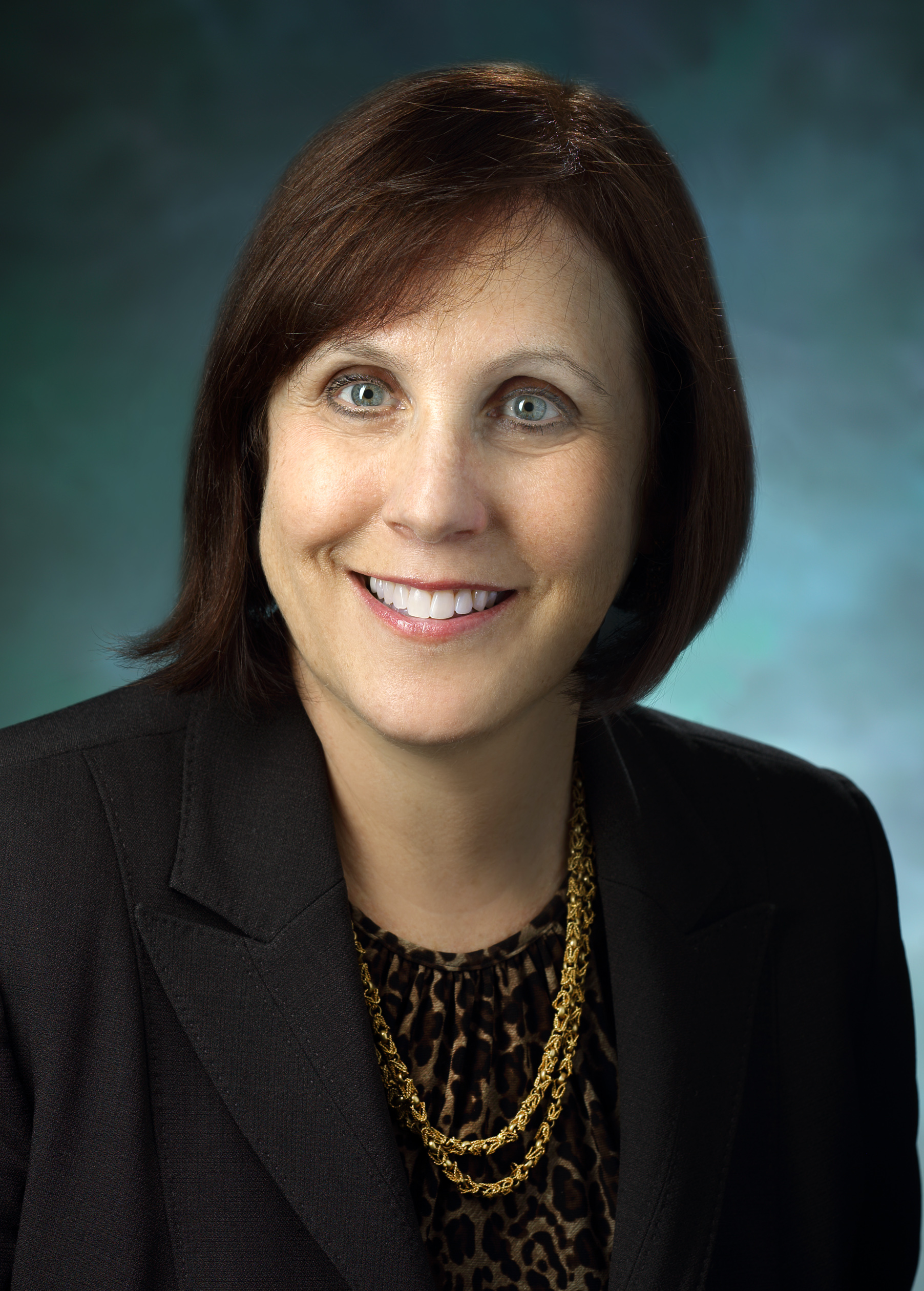 written, 'I'm a judge. I'm 82 years old and I'm called 'Judge.' When I came to the hospital, the staff said, 'Hi Joe, how are you doing?' Nobody calls me Joe, not even my wife. I'm called Judge.' We often forget about people's identities and what they bring with them to the hospital. When they become a patient, they risk losing that. People have complex lives, and it's important to remember this in the hospital.
written, 'I'm a judge. I'm 82 years old and I'm called 'Judge.' When I came to the hospital, the staff said, 'Hi Joe, how are you doing?' Nobody calls me Joe, not even my wife. I'm called Judge.' We often forget about people's identities and what they bring with them to the hospital. When they become a patient, they risk losing that. People have complex lives, and it's important to remember this in the hospital.
Dr. Thomas Savides: There was a gentleman who recently met with me and our CEO who articulated all the ways our system failed him, and that he was compelled to tell us so these 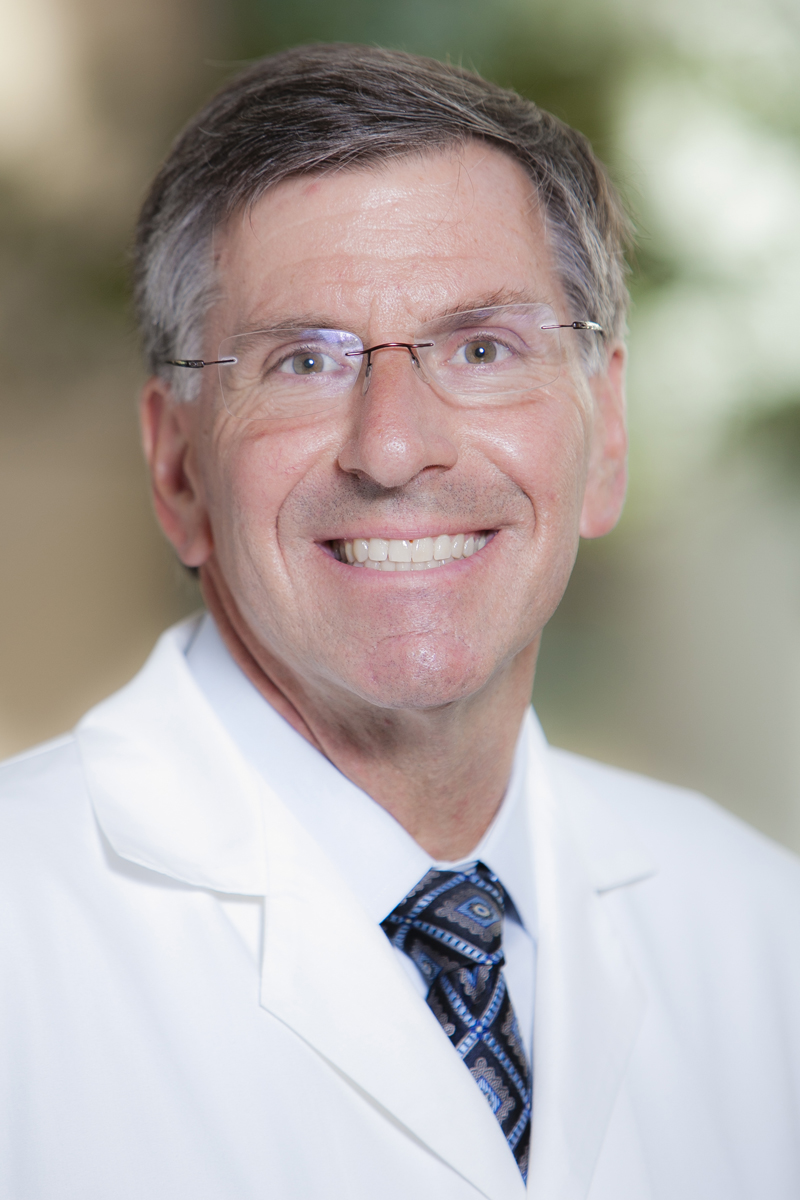 things would not happen to other patients. He outlined a series of bad experiences, including not getting phone calls returned, poor way-finding, lack of adequate parking, doctors not listening while typing on the computer, staff not introducing themselves and physicians not communicating with each other. Together, these left him feeling unsafe and unable to trust his healthcare to our system. He could have been any patient. He could have been a friend or a family member. He could have been me.
things would not happen to other patients. He outlined a series of bad experiences, including not getting phone calls returned, poor way-finding, lack of adequate parking, doctors not listening while typing on the computer, staff not introducing themselves and physicians not communicating with each other. Together, these left him feeling unsafe and unable to trust his healthcare to our system. He could have been any patient. He could have been a friend or a family member. He could have been me.
Brian Carlson: Yes, there are two patients, who I think are symbolic of two groups of patients. The first was a patient who had some very acute problems and whose family was very concerned he would not live. For that patient and his family, the first priority was ensuring that everything was being done 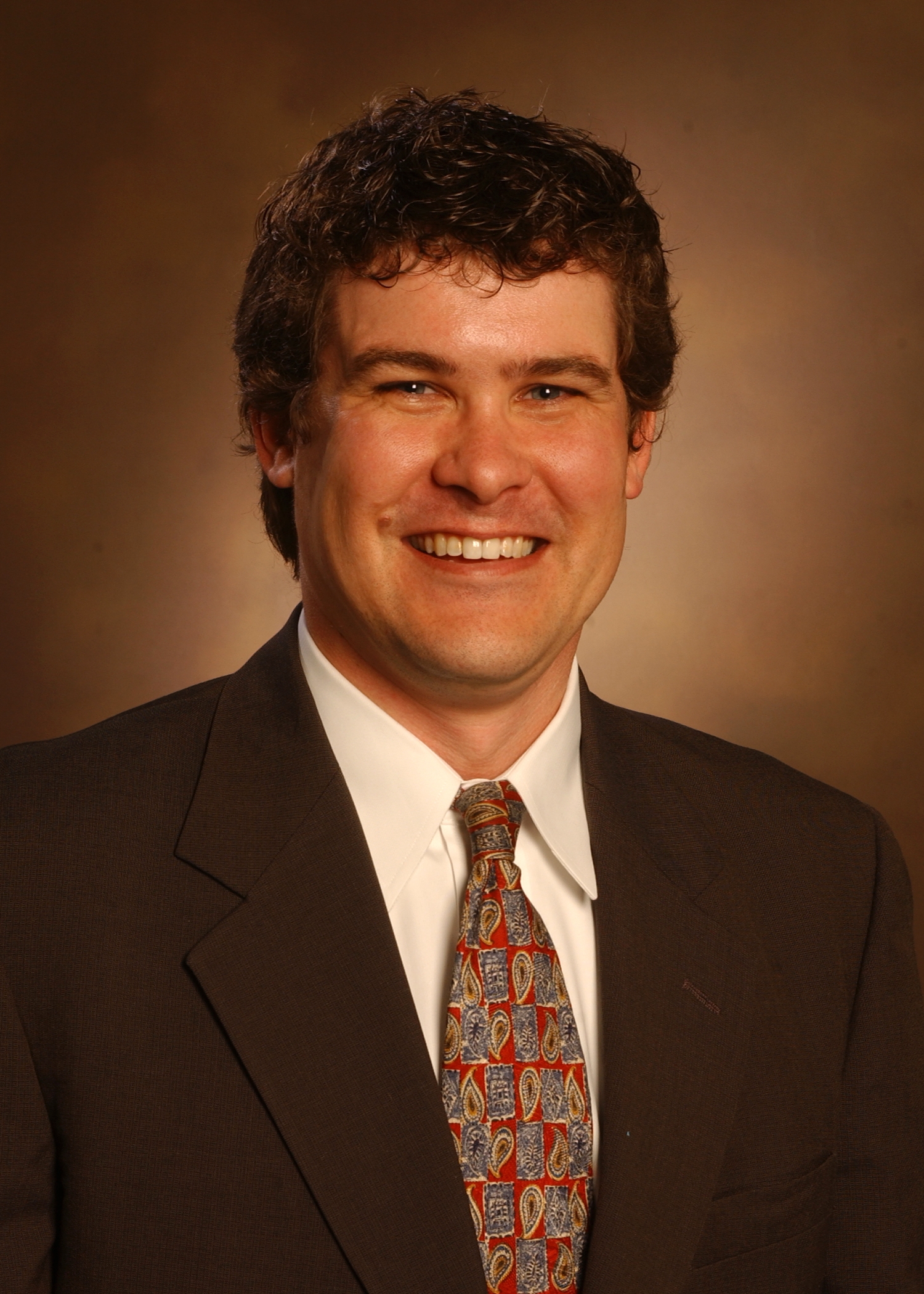
The second patient was a rather healthy individual that suffered from some chronic problems that required frequent visits. For this patient, communication was important for ensuring her continued good health, but she also paid attention to the friendliness of all staff, convenience, timeliness, parking, etc. The small details mattered for this patient. I realized that these patients are relying on us for a lifetime of wellness and they have choices on where they can go.
Q: How do you remain connected to and informed by patients?
AB: I'm still at physician at the Cleveland Clinic Mellen Center for Multiple Sclerosis and I am on hospital rotations, so I communicate with patients all the time. We have a patient advisory board, and something we are considering now is launching an online physician ratings site, so patients' comments on their care experience with a specific physician could be public facing. We're having an empathy and patient experience summit at the end of May, and we want the patients to attend, have their voices heard and help advise the content of the program.
On a more granular level, executive rounding and just rounding with patients helps me stay connected to them. I stay informed by being very intentional about asking patients for their opinions and feedback. One of my favorite phrases is 'tell me more.'
TM: Our Office of Patient Experience is available to be a patient advocate as well as provide complaint and grievance resolution for any of our customers. This availability provides our office, including me, the opportunity for daily contact with our patients and their families. We are also developing patient and family advisory councils that will provide a regular forum to remain connected. Finally, our organization is adopting human-centered design thinking in conjunction with Stanford University. Design thinking develops solutions that align what is desirable from a human point of view with what is technologically feasible and economically viable.
LA: We have very active patient and family advisory councils that I sit on and a clinical community. The clinical community is made up of representatives from all of the patient and family advisory committees throughout the system. They have a strong voice in how we develop and implement things. I also stay informed by patients during executive rounding, where we go out and visit with patients and staff. I do observation, and I help lost people navigate their way through the complex organization. We also have service meetings in which we share stories, complaints and compliments, and analyze data.
TS: As a full-time clinician in addition to being CXO, my patients constantly tell me what is and isn't working. The most important thing I do is listen and try to see things through their perspective.
BC: There are four ways we try to remain connected across a health system that generate several thousand unique patient touches and experiences every day. The first is through our survey data, which is retrospective and allows us to look for patterns in our processes that are working well or maybe need some attention. The second is through daily rounding by leaders. This offers real-time intelligence on what is going on. Leaders are empowered to fix the issues identified and will seek assistance for major roadblocks. The third is through our patient and family advisory councils. These are made up of our most loyal yet most critical patients. We formally meet with them monthly and discuss ideas for improvement. They offer advice and counsel on how initiatives can help our patients and their families. The last is through the eyes of our employees. While we all own the patient experience, they offer very sound advice and input on ways to improve it.
Q: What is something you've learned from patients that you didn't expect to?
AB: I've learned a lot of humility. Although we may have become experts in disease, the patient is the expert in their own narrative. Just because I go on rounds and sit at someone's bedside for 10 minutes doesn't give me the privilege of knowing his or her story. I'm lucky if they will share it with me. Having humility requires you to have an ability to lay down your own medical agenda and listen — to take off your doctor hat and put on your human hat.
Another thing I've learned is to always stay curious. Recently, I helped treat a patient a colleague of mine had called 'noncompliant.' When I went to his bedside, I asked him to tell me what was going on when he decided to go off his treatment. He said his mom had been telling him that the treatment was poison, and he asked why he couldn't be like his cousins who had the same disease but weren't medicated. This is an example of how it is important to stay curious and find out what a patient's home environment is like to understand his perspective.
TM: I've learned how deeply our patients appreciate us listening to them and their situation. Consistent with my experience as a CEO and COO, most patients and families who share feedback or concerns are truly motivated to ensure a better experience for the next person. The genuine and sincere desire shown by our patients and families to improve our system of health is ever-inspiring.
LA: Some of the most profound letters and comments I've received are from when someone has lost a loved one in the hospital. I am really touched by how we have the capability to contribute to a good death and help families through that process. Another thing I didn't expect is patients' willingness to give back with volunteerism and participation on patient and family committees — to see the deep connection one can have with a healthcare organization.
TS: Our patients hear everything. They see everything. We need to be aware of how we look, sound and behave in front of patients and their families anytime we are "on stage."
BC: Patients want us to succeed not only for them personally but for all we serve. I learned that patients want to help us do the right thing. I feel there are many more opportunities to more consistently embrace them and their families as part of the care team. Their insight is a gift that helps either their care or how we deliver on their experience.
Q: What has been your own "best" and "worst" experience as a customer? How does this influence your work?
AB: You don't often remember your best. One of my worst experiences was that I had planned a family trip to Maine for Christmas with my husband, 2-year-old child and 4-year-old child, and when we landed we learned the place we were going to stay had lost power because of an ice storm. I called a bed and breakfast and asked for somewhere to stay. They said they had a house we could rent, and we were so grateful. But when we arrived, a woman said she didn't know what I was talking about and that they had given the house away. We ended up having to stay all together in one room. I was very upset that the woman said I was saying something that wasn't true. We traveled all the way from Ohio. It was Christmas and I had a vision of what I wanted the holiday to be like for my family and it just fell apart before my eyes.
With respect to healthcare, situations like that don't necessarily influence my approach. I don't really view patients as customers. None of my patients want to see me. This is an emotional business, so it feels different for me. One of the biggest lessons is to translate peoples' expectations to the services we provide them. The hardest thing on Christmas was having the vision fall apart and not having someone appreciate that or try to help. We cannot understand peoples' visions if we don't explore them.
TM: I've had many best experiences outside of healthcare, including Amazon, Zappos, Costco and some of my favorite local restaurants. I've also had many poor experiences from a variety of retailers and service providers. These retail and service experiences and many others are used to shape our efforts to create an exceptional patient and family experience. My current experiences in healthcare are largely centered on my three children. One of the most influential periods in my life was when I served as the primary caretaker for my ailing father a few years ago. Those positive and negative experiences continue to shape and influence my work on a daily basis.
LA: My best experience was when I had a difficult diagnosis. I really appreciated the compassion of my surgeon and my coworkers in healthcare who rallied to help support me and my family.
My worst experience was being stuck on a plane that was fogged in when my son was just six weeks old. The airline really lacked communication with the passengers and we didn't know whether or not the plane would even take off. This experience showed me the influence and importance of honest communication in my own work.
TS: My best experiences have come from personalized services, in which I am surprised and delighted that someone remembered my personal preferences.
My worst customer experiences are when I interact with employees who don't seem to listen to me and I almost feel as if I'm inconveniencing them.
By having all healthcare partners understand what makes good and bad patient and family experiences, we can connect better with our patients.
BC: My best experience was when employees anticipated my needs before I needed them, and then not only met those needs but exceeded them. They took the time to get to know me and listen to what I was saying and then were able to predict my needs. They were consistently one step ahead of me.
My worst experience was just the opposite, and unfortunately, is a more frequent occurrence. These are instances in which I have to continually ask for even the most basic things and then am treated like I am an annoyance.
Both of these experiences influence my work because I am reminded that we want to be listened to and not made to feel like we are wrong or an annoyance when asking for something. This compels me to slow down and take the time to listen to patients, care givers and employees so that I may understand what and how I can best help them.
Q: As you work to help your organization improve the patient experience, what is the biggest challenge you face?
AB: One is being consistent and clear about the definition of the patient experience. There is a lot of ambiguity at times for people about it. For us, the definition is high quality of care in the context of patient satisfaction and high value. To me, it is very important to stand by and reinforce that definition. Sometimes you hear people say, "Well if it's about making patients happy, then we'll just do what they want." But it's not just about making patients happy, but about delivering an exceptional experience without compromising our professional values.
Another challenge is making sure enough attention is paid to the caregiver. Their needs need to be honored, because their experience influences the patients' experiences. One thing I am observing is that healthcare used to be doctor-centered and now it is patient-centered. It really needs to be relationship-centered, because there are teams and communities in these healthcare relationships. We need to determine how we can reinforce, leverage and build these so we are achieving and advancing these goals.
TM: As an integrated delivery system, this work goes well beyond the acute-care setting. The fact that our customers are measuring the 'end-to-end' journey through numerous touch points is the single biggest challenge. The best clinical experience can be tripped up by lack of a returned phone call, rude behavior or the absence of empathy at any point along the patient journey. The work of patient experience is about evolving an organization's culture to pivot on the customer and create demonstrable market differentiation. The challenge is a big one, but the return is very rewarding on many fronts.
LA: The challenge in helping improve the patient experience is the reality that patients come in with expectations about what is going to happen and they evaluate their cumulative experiences. Therefore, everything that happens along the way has an impact on the patient experience. In working in a large system, it's really thinking about how you can engage the workforce and support the front-line managers to support their staff.
TS: The biggest challenge is that to improve patient experience, you need to start with improving staff and physician experience. Don't just focus on patient satisfaction scores and quick fixes that may not be durable. Invest in improving the work conditions and training of your physicians, nurses and staff, and as their experience improves so will that of your patients.
BC: The biggest challenge we are facing is how can we continually create — across a large employee base — an understanding and sensitivity that the experience of patients and families is not just tied up in outcomes. Rather, it is also in how we deliver on those outcomes for every patient, every time. We all own the patient experience, but what goes into that experience is unique to each person. The health and wellbeing of our patients has to lead everything else, including their personal goals, beliefs and desires. Another dimension is the family and their desires, interests and comfort. And then there is the dimension of those of us delivering on the experience and our own beliefs and motives, which in the course of a busy day can be ever-changing and at conflict. Those three dimensions have to be in concert and often this is not the case. How can we, as healthcare professionals, balance our focus and drive to deliver outcomes with the method by which we deliver those outcomes? Replicating the outstanding patient experience to each patient and their family consistently is our challenge.